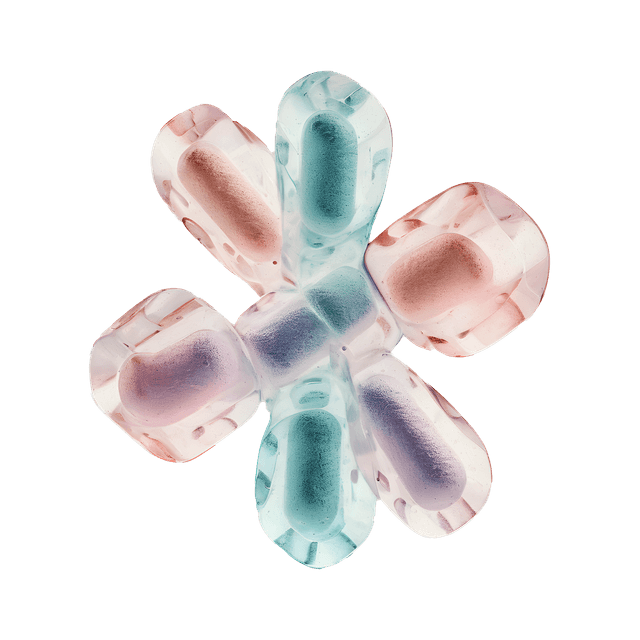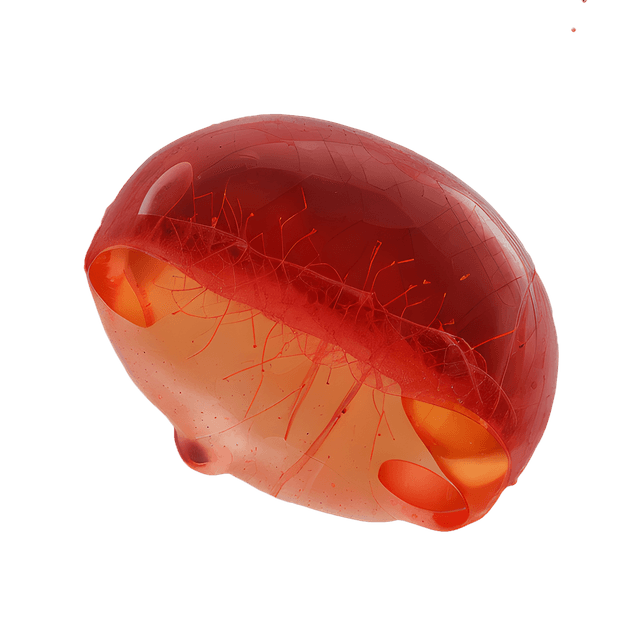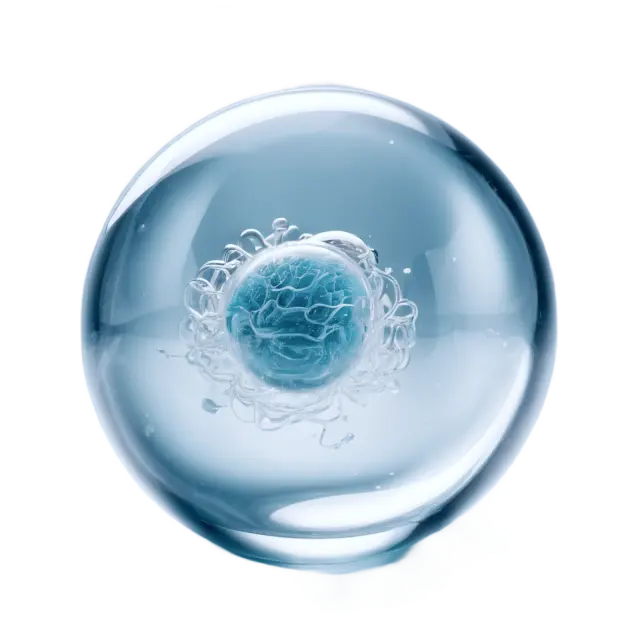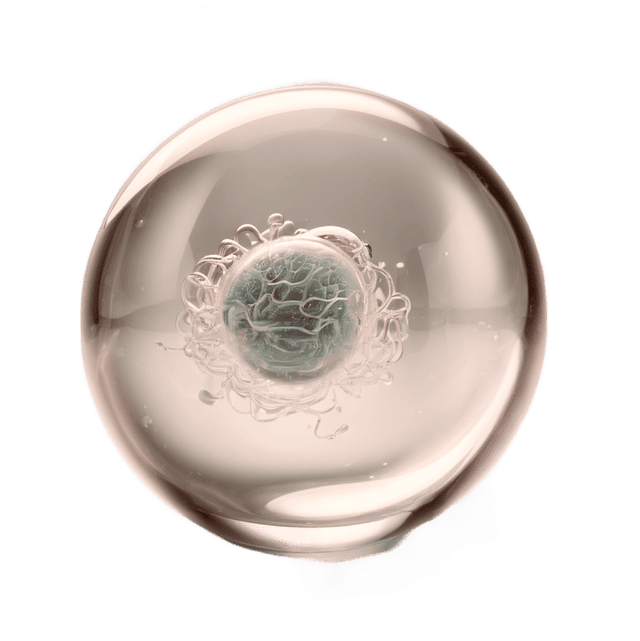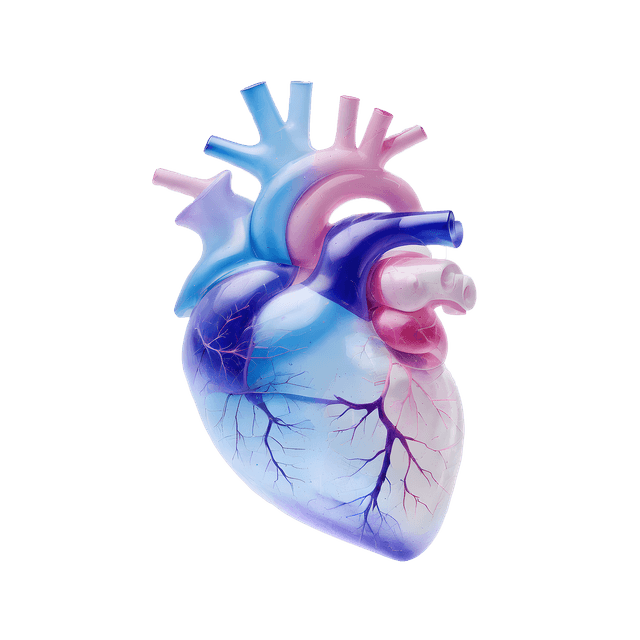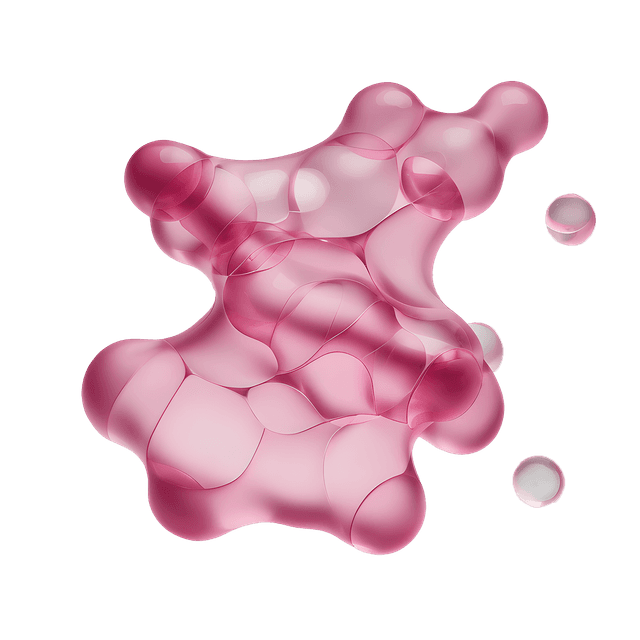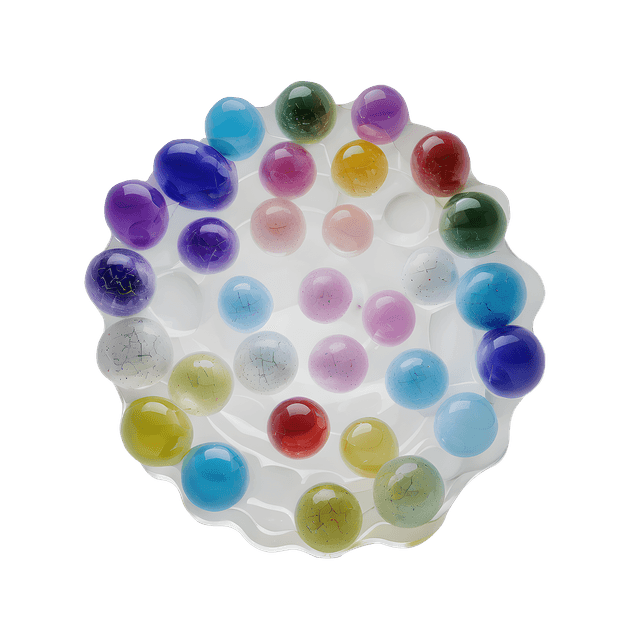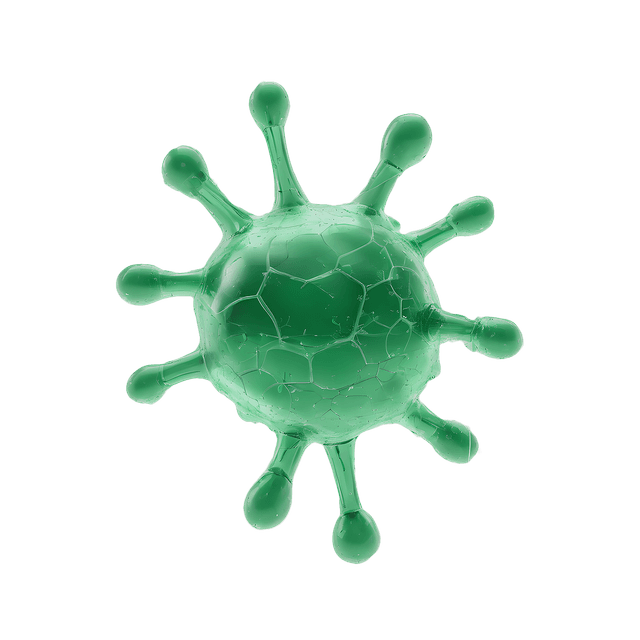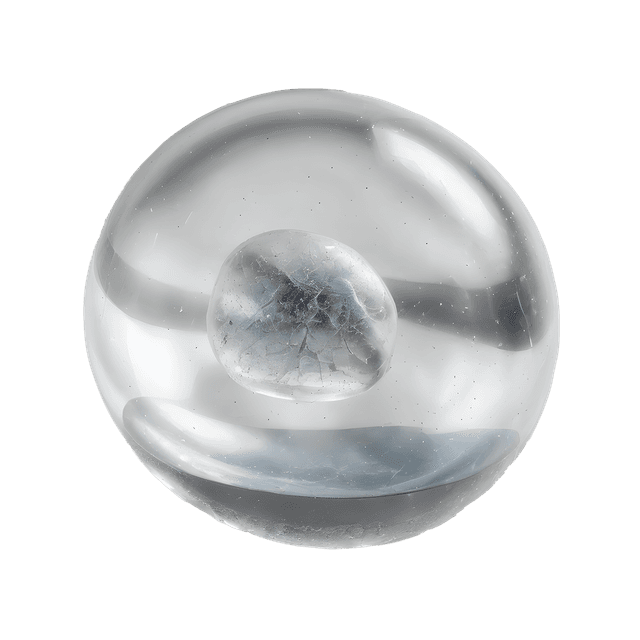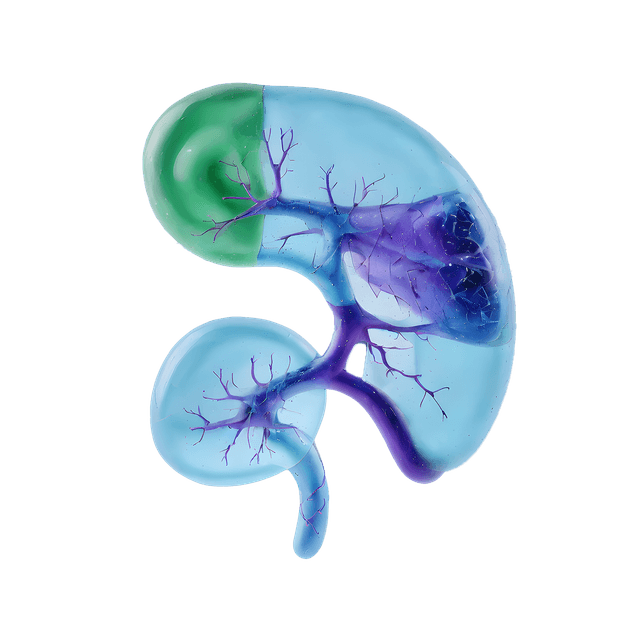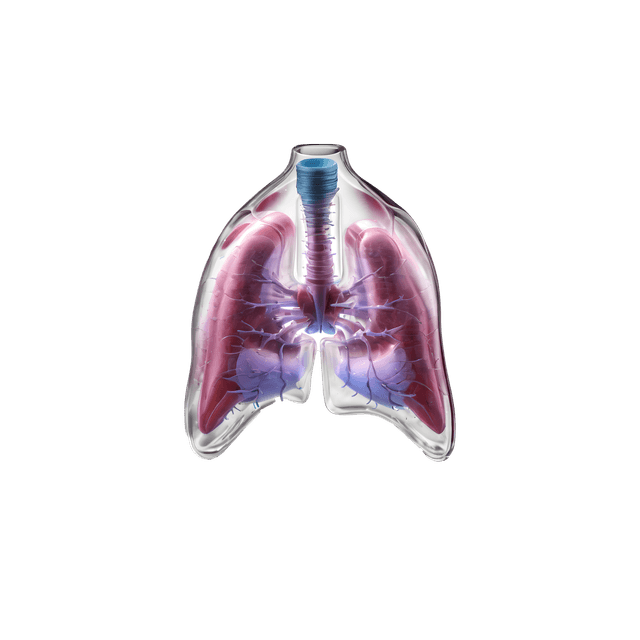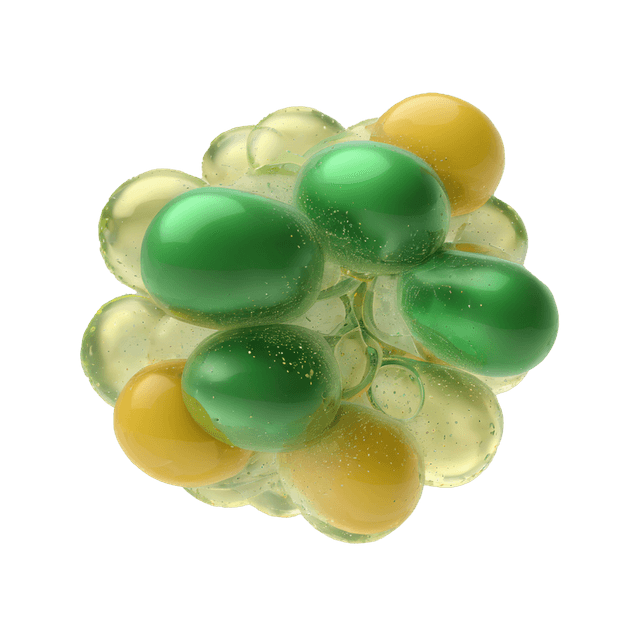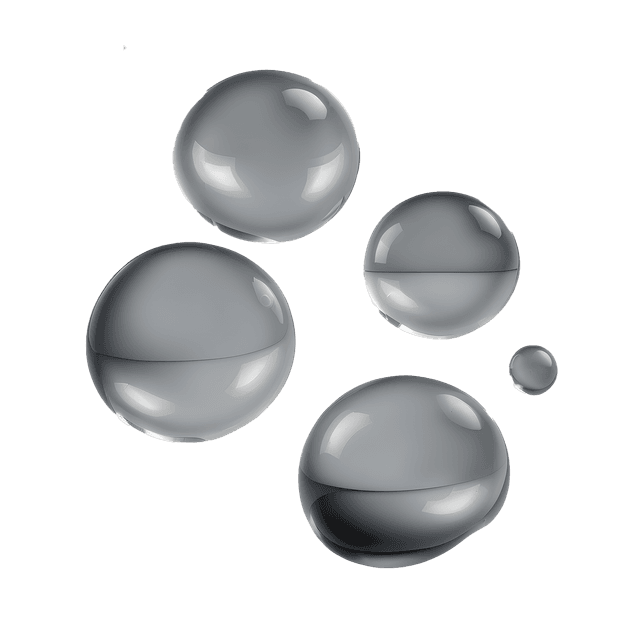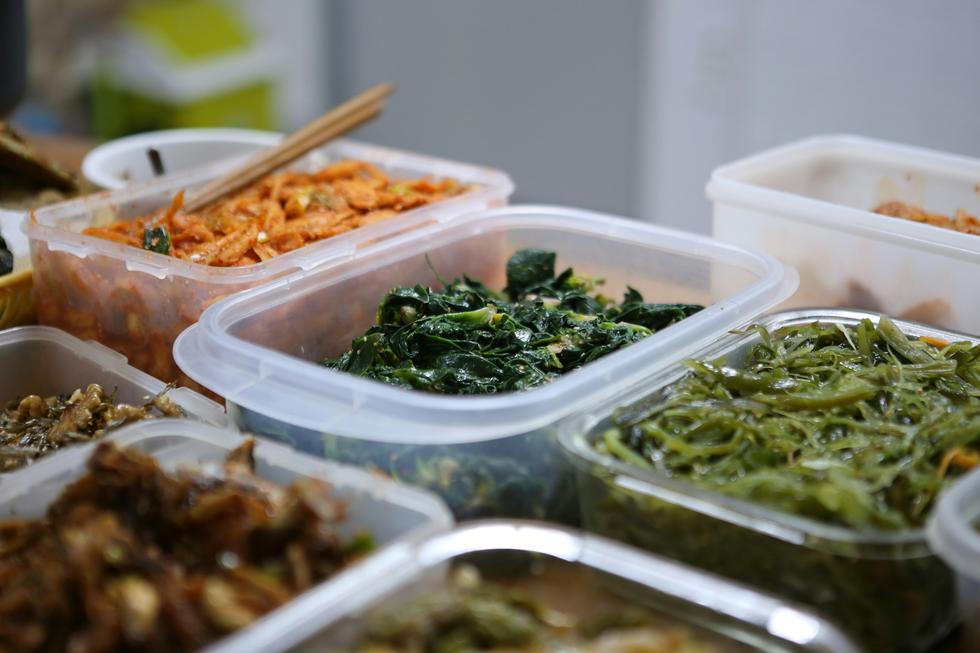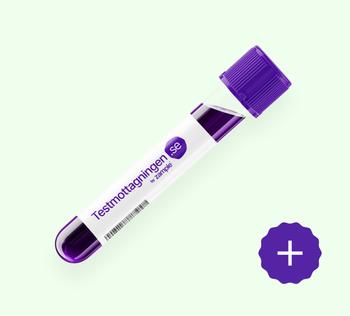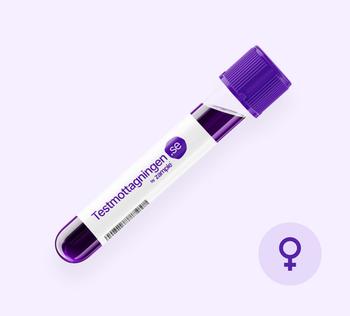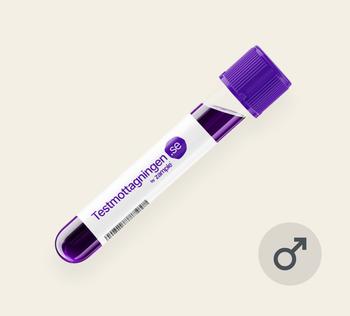Quick version
Plastics and the heart – a deadly combination
Researchers have recently published a comprehensive analysis showing that certain plastic chemicals, particularly phthalates, may have contributed to over 350,000 deaths from cardiovascular disease in 2018 alone. This applies mainly to people aged 55 to 64, where up to 13% of deaths in this particular group may have been related to these substances.
Phthalates are a group of chemicals used to make plastics soft and malleable. They are found in everything from food packaging to floor mats and shampoo. But what is the problem with this? Yes, it leaks into the body – and once in our bodies, it can disrupt the heart, hormones and other important systems.
Microplastics in the brain and blood vessels
The research also shows that plastic particles have been found in atherosclerosis – the plaques that clog blood vessels and cause strokes and heart attacks. Another study has seen a 50 percent increase in microplastics in human brain tissue in just eight years.
Plastics entering the body happens more often than we think: it happens through everything from the air we breathe to the food we eat and the water we drink. The worst is plastic that is heated in contact with food – then chemicals are released even more easily.
Which plastics are safe – and above all – which ones should you avoid?
Plastic products are often marked with a number between 1 and 7. These numbers tell a lot about the level of risk the plastic has:
1, 2, 4 and 5 – safer plastics for food contact
- 1 (PET): Common in water bottles and is usually used once.
- 2 (HDPE), 4 (LDPE), 5 (PP): These are relatively stable and safer alternatives for food.
3, 6 and 7 – plastics to avoid when cooking and heating
- 3 (PVC): Contains phthalates – which are both endocrine disruptors and potentially carcinogenic.
- 6 (PS – polystyrene): Can release toxic substances.
- 7 (Other plastics, often BPA): Linked to hormone disruption.
Five easy ways to reduce your plastic load
You can't avoid plastic completely, but small changes can make a big difference:
- Switch to filtered tap water: Just by choosing not to drink bottled water, you can reduce your intake of microplastics from 90,000 to 4,000 particles per year.
- Use glass or stainless steel for food storage: Avoid plastic containers, especially when heating in the microwave. Instead, choose glass, ceramic, or stainless steel.
- Beware of tea bags: Many of these actually contain plastic that releases billions of particles into your tea. Choose paper bags or loose tea with a strainer.
- Replace plastic utensils in the kitchen: Wood, silicone, or metal are better alternatives to plastic spoons and cutting boards.
- Reduce plastic in the bathroom cabinet: Skincare products with microplastics go straight into the environment – and into you. Choose natural alternatives without microplastics.
Give your body a chance to recover
Your body has an amazing ability to clear out harmful substances – but it needs a break from being constantly burdened with plastic. You can protect yourself and help your body recover by making more conscious choices in your everyday life.




